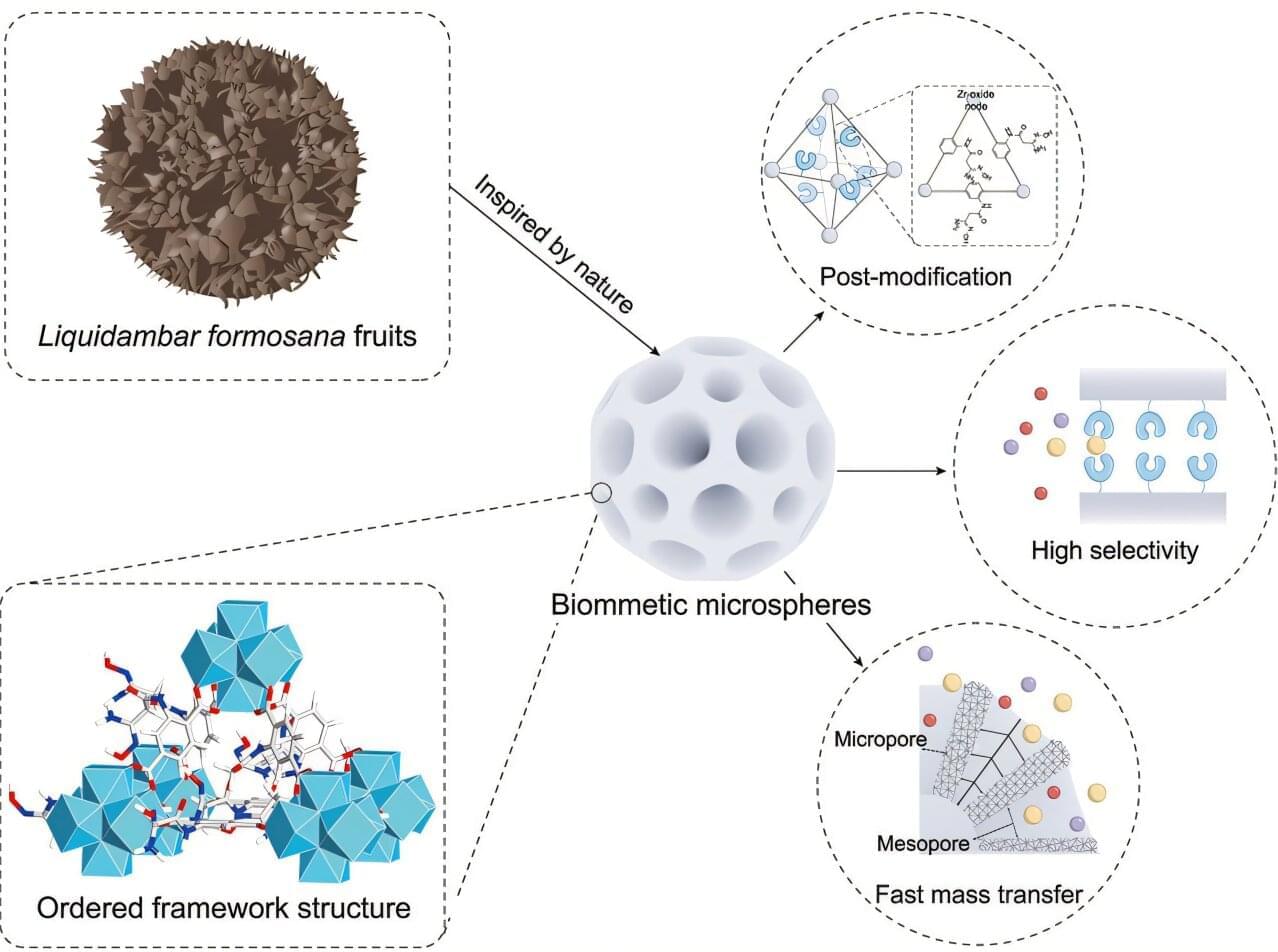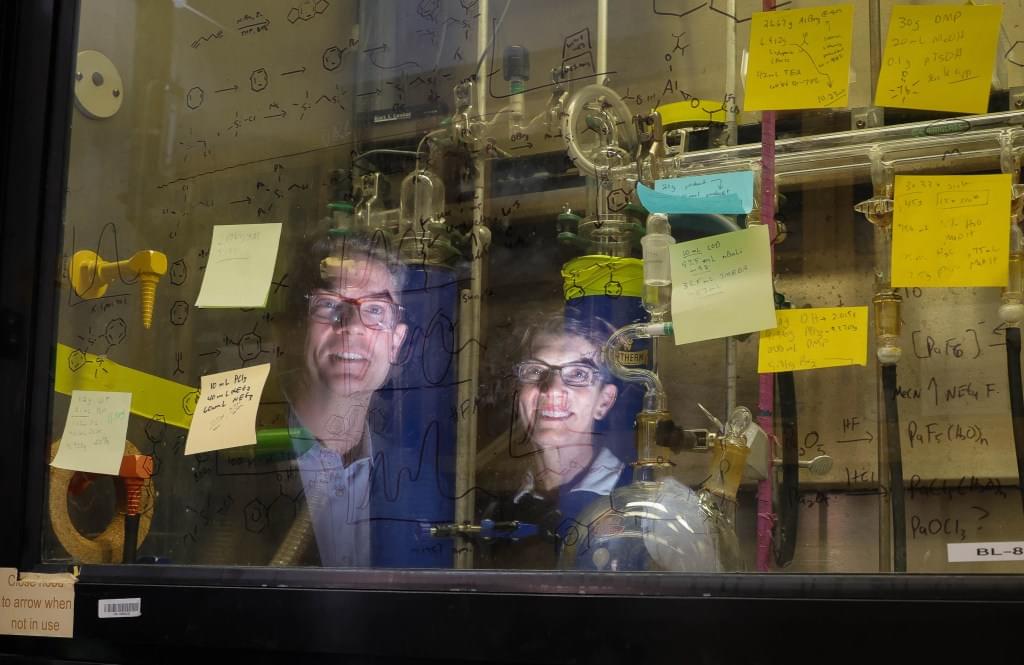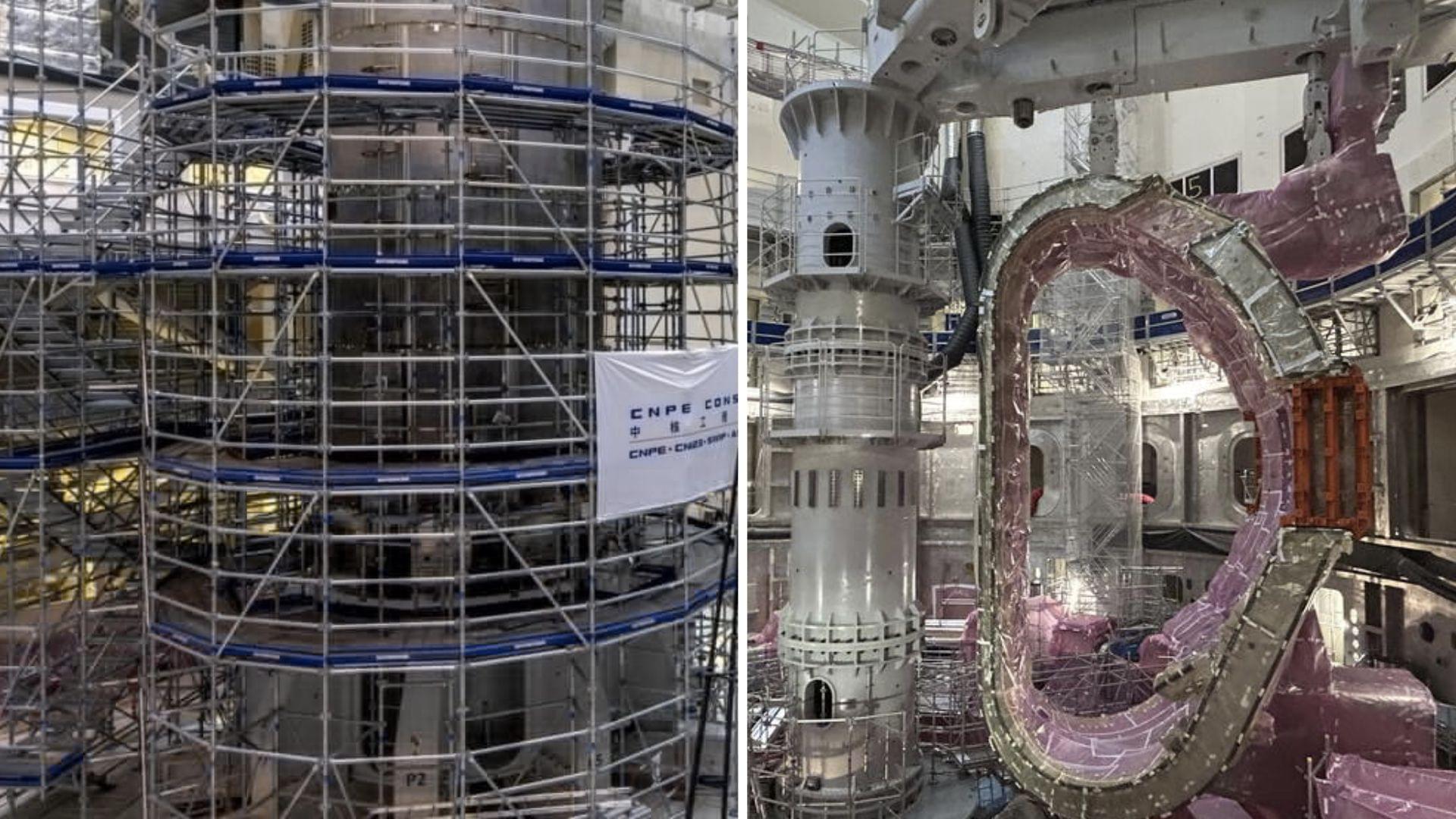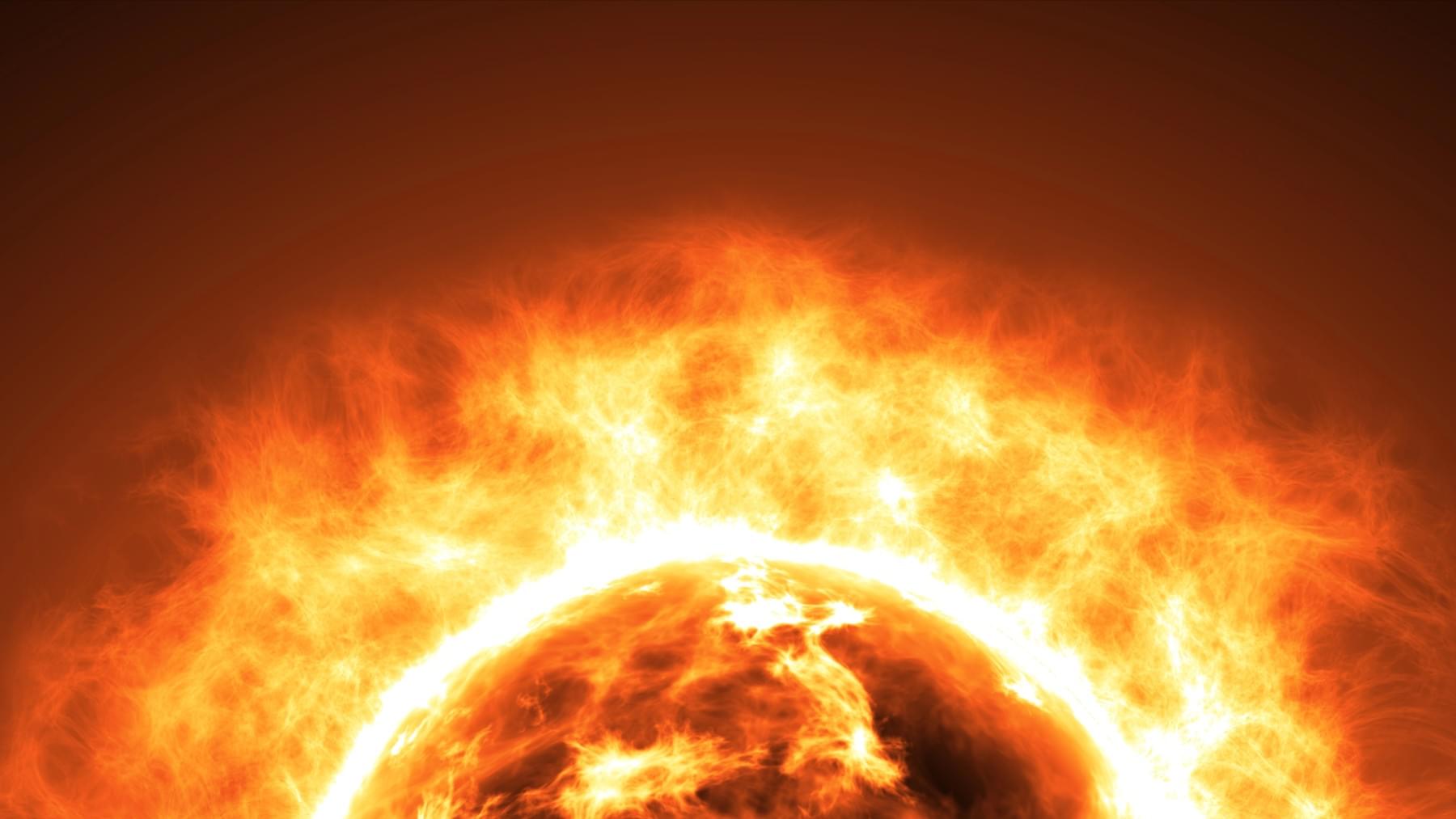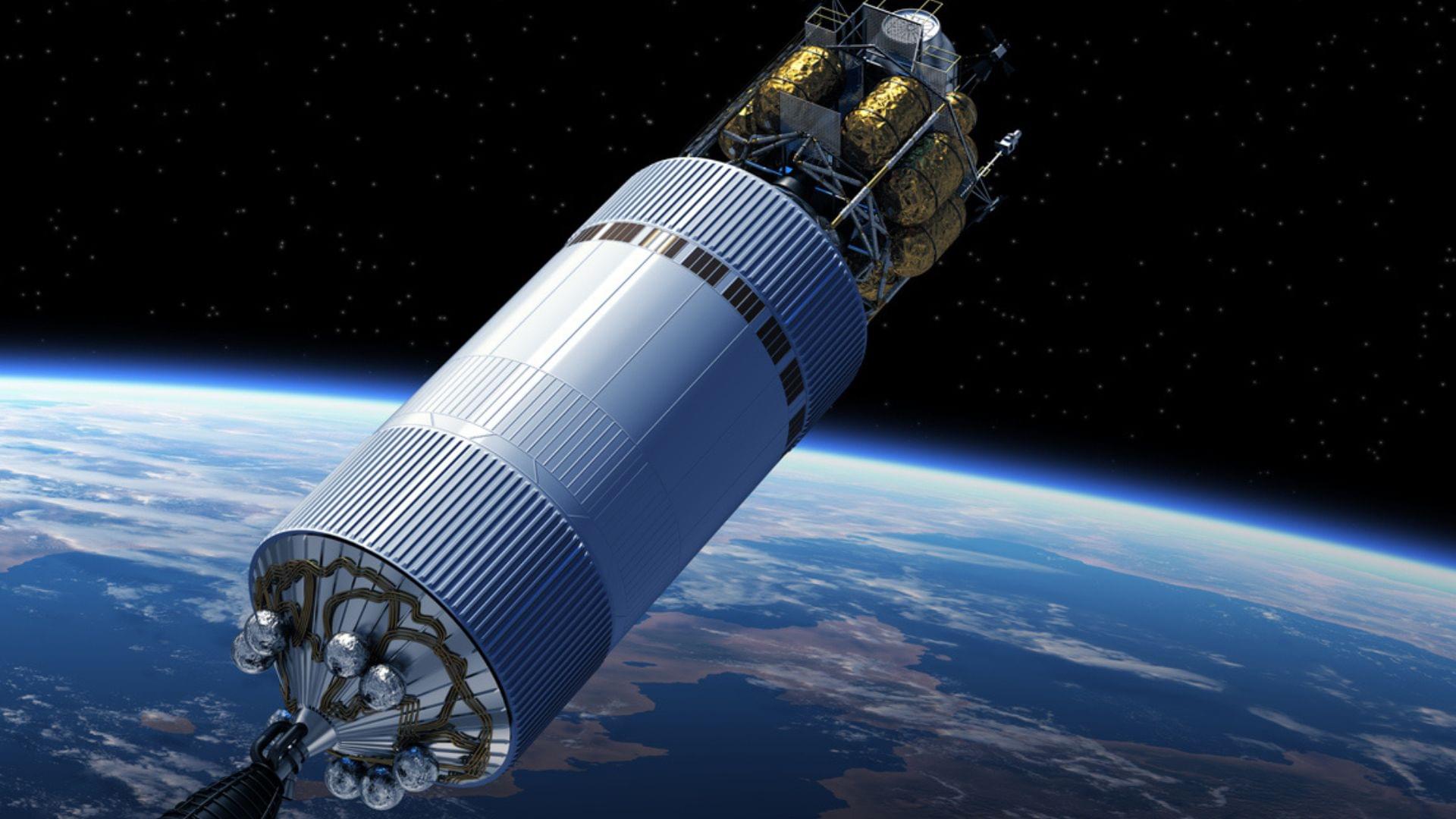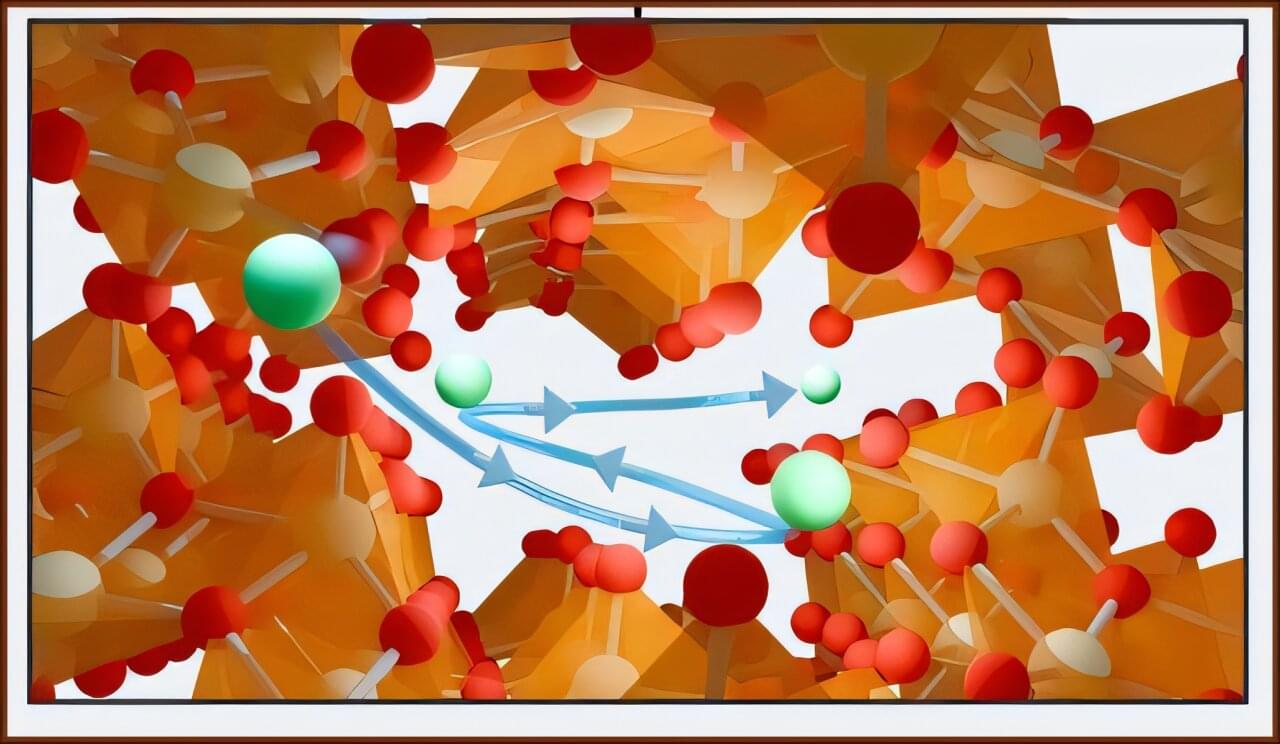Studies that explore how the denser sections of atoms, known as atomic nuclei, interact with neutrons (i.e., particles with no electric charge) can have valuable implications both for the understanding of these atoms’ underlying physics and for the development of nuclear energy solutions. A process that is central to these interactions is neutron capture, which entails the absorption of a neutron by a nucleus, followed by the emission of gamma-rays.
Researchers at Los Alamos National Laboratory recently carried out a study aimed at better understanding the origin of the exceptional neutron capture capabilities of the radioactive isotope zirconium-88 (88 Zr), using a new experimental methodology. Their findings, published in Physical Review Letters, offer valuable insight that could help to improve existing nuclear and astrophysical models.
“The probability (per unit area) of a nucleus capturing a neutron at a given kinetic energy is called neutron-capture cross section,” Thanos Stamatopoulos, first author of the paper, told Phys.org. “The probability across several kinetic energies from 0.5 eV up to infinity is called resonance integral. Typically, in nature, when the cross section for neutrons with a kinetic energy of 25 meV (thermal cross section) is very large, the resonance integral is small.”

